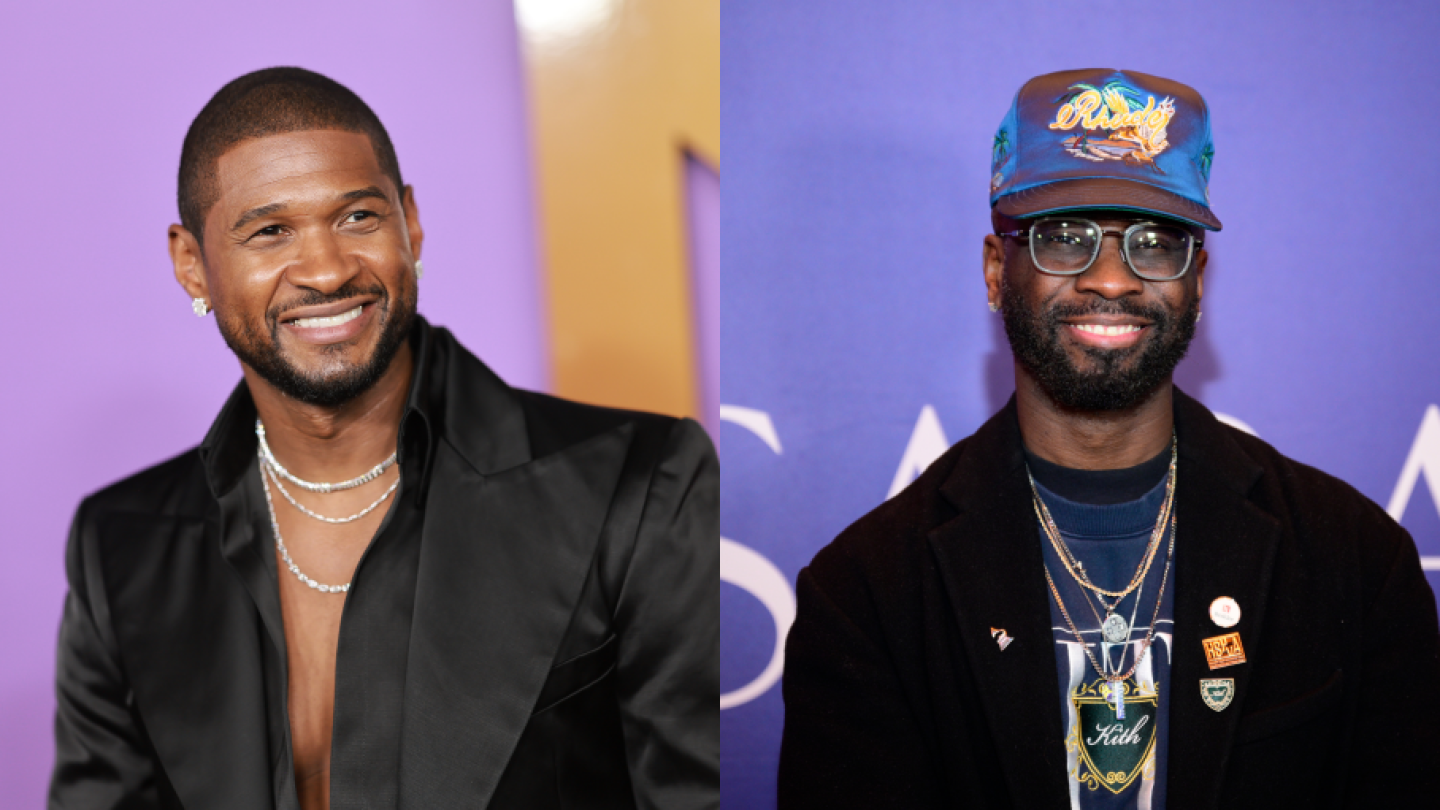Key Takeaways
- Your spending patterns reflect your cultural identity and ethical values.
- Consumer purchases can significantly influence community dynamics and brand loyalty.
- Companies must adapt to changing consumer values to maintain relevance and connection.
The Influence of Consumer Spending
Have you ever wondered how your spending habits mirror your values? Imagine this: each dollar you spend weaves a story about your cultural identity and ethical beliefs. In today’s marketplace, where consumer sentiment constantly shifts, your purchases can profoundly impact your community.
Brands that adopt local values build loyalty and connectedness.
But why must companies adapt to these evolving consumer values? Let’s explore the power you hold in shaping them.
How Spending Reflects Values
Even though it might seem that consumer sentiment swings would drastically shift spending habits, the connection’s not as sharp. Spending patterns often stay steady despite changing moods. You might notice that people’s decisions reflect their priorities more than fleeting feelings. Consumers who maintain ties to their cultural heritage often prioritize spending on community and culturally significant goods and services as a form of economic empowerment and identity preservation.
Spending patterns across income groups show that higher earners drive growth. Consumer spending accounts for nearly 70% of US GDP, which underscores its critical role in the economy. Meanwhile, those with less income face plateaued spending. This doesn’t mean their priorities change; rather, it’s financial constraints shaping decisions.
Your financial choices echo your values — essential goods take precedence over luxuries. This consistent pattern highlights societal priorities. Racial wealth disparities remain a significant barrier to financial stability for Latin-X and other minority communities, which emphasizes the importance of addressing systemic inequities.
Minorities and entrepreneurs, who face unique challenges, understand the importance of values over sentiments in spending. Being aware of how spending reflects values helps your community nurture economic strength and resilience.
Brands Embracing Culture
When brands adopt culture, they do more than just sell products – they create deep connections and build thriving communities. Cultural branding helps brands resonate with diverse audiences by making localized adaptations.
Imagine walking into a store in Chicago, and it feels like home because the products reflect your values and traditions.
Brands advance by:
- Embracing cultural symbols and aligning campaigns with important local festivals.
- Partnering with local influencers, enhancing credibility within communities.
- Tailoring messages to fit local values, emphasizing performance in North America and community in Asia.
- Utilizing popular communication platforms, like WeChat or WhatsApp, to effectively reach you.
- Responding to social issues authentically, supported through social media, to maintain relevance and connection.
Engage with brands that recognize and value your cultural identity! Including more Latin-X voices in politics can help ensure that cultural representation is both authentic and relevant across platforms.
Boycotts and Buycotts
Boycotts and buycotts are powerful tools in today’s consumer environment, letting you channel your values into concrete action. With 31% to 41% of U.S. consumers participating, these movements enable you to wield your economic power effectively.
Boycott motivations include ethical concerns, political alignment, and dissatisfaction with government policies. Activism, not economic damage, often fuels these efforts. If you’re part of Gen Z or a person of color, you’re more likely to engage.
Meanwhile, buycott dynamics offer a positive twist. Supporting brands aligning with your values rewards companies that prioritize social responsibility. These dynamics can offset some negative impacts of boycotts.
Here’s a breakdown for better understanding:
| Demographic | Boycott Participation |
|---|---|
| Gen Z | 53% |
| Millennials | 46% |
| Black Americans | 53% |
| Democrats | 49% |
Why Companies Must Adapt
Diving into the world of cultural adaptation is a bit like accessing secret passages to global success. For businesses eyeing global market entry, understanding and accepting cultural insights guarantees smooth sailing.
Quickly integrate these strategies into your business model:
- Market Research: Don’t skip thorough research; it’s vital to understand diverse consumer values.
- Local Expertise: Hiring local talent isn’t just smart—it’s necessary for insider cultural insights.
- Tailored Marketing: Adjusting campaigns to fit local cultural nuances boosts customer engagement and loyalty.
- HR Practices: Align your HR policies with local customs to improve productivity and employee satisfaction.
- Diverse Teams: Promote diversity within your organization to enhance innovation and adaptability.
Accept adaptation to reveal new opportunities and sustain long-term success.
Assessment
You’re stepping into a marketplace that’s more than just dollars and cents. It’s a kaleidoscope of culture and values. Brands are like chameleons, reflecting community colors to earn trust and loyalty.
You have incredible power in your choices. Turn ordinary buycotts into tidal waves of change.
Stay sharp and stay aware. Understanding cultural nuance isn’t just optional; it’s essential in today’s global village.
Adopt these insights and drive growth like a rocket blazing through the stars.














